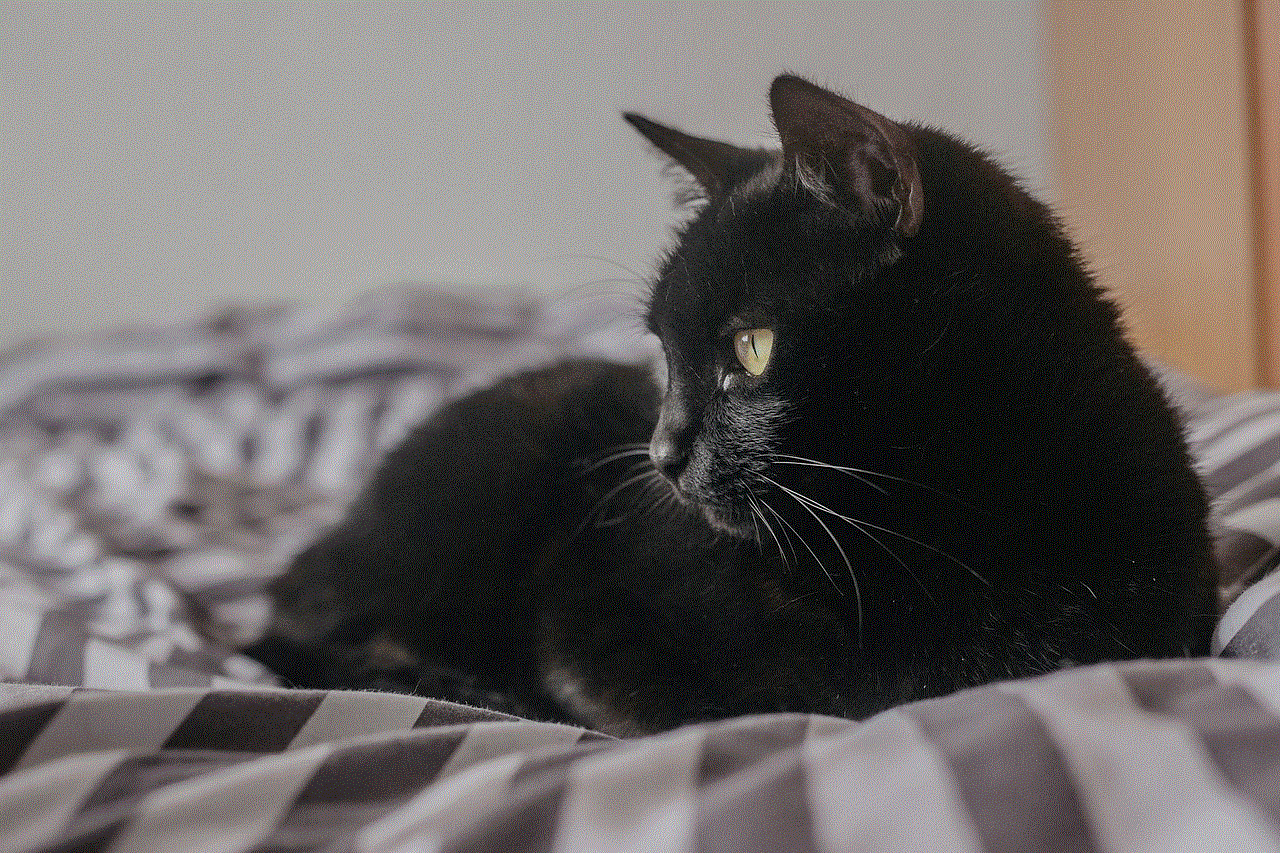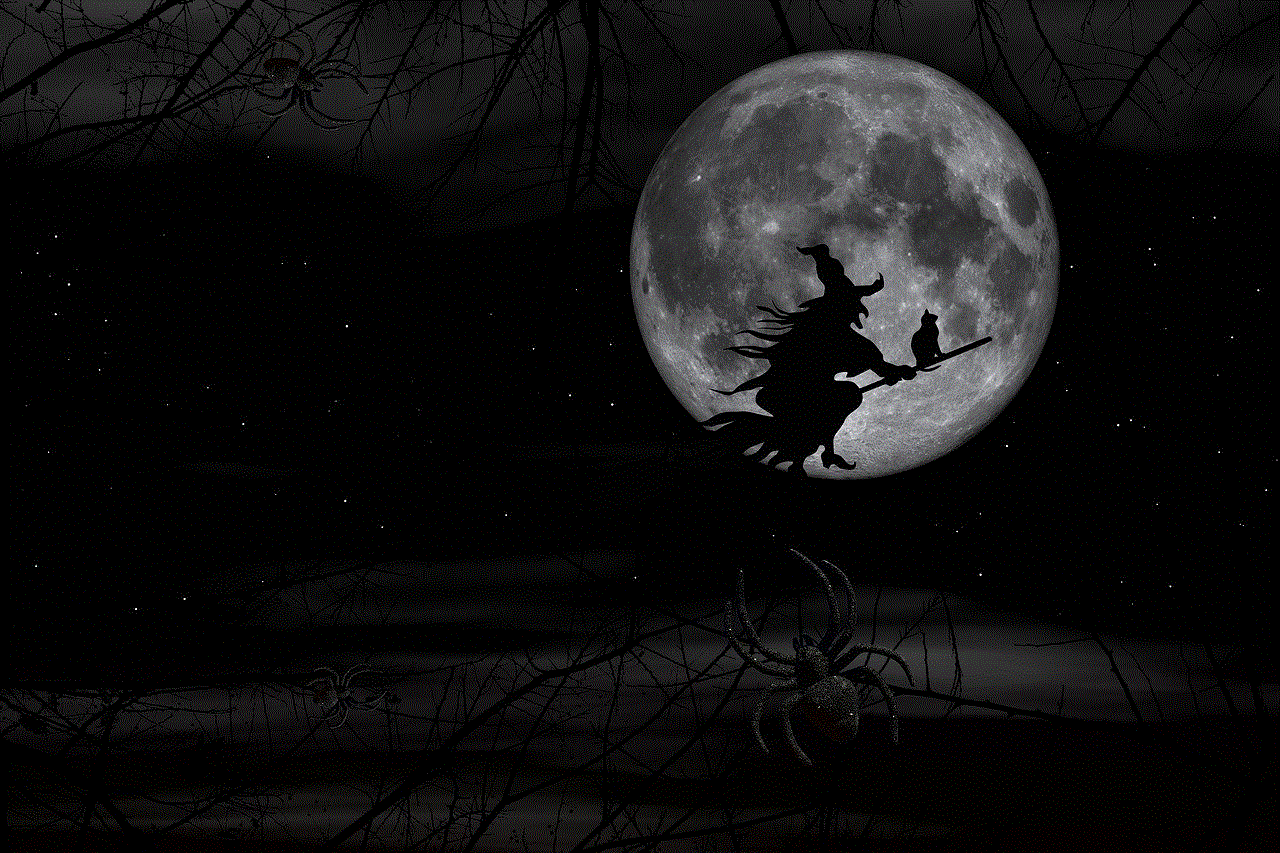youtube app windows 10
YouTube is undoubtedly one of the most popular video streaming platforms in the world. With millions of users logging in every day, it has become a go-to source for entertainment, education, and information. While the website is accessible on any device with an internet connection, the YouTube app for Windows 10 has become a popular choice for many users. In this article, we will explore the features, benefits, and drawbacks of the YouTube app for Windows 10 and how it has transformed the user experience.
Firstly, let’s understand what the YouTube app for Windows 10 is all about. The app is a dedicated version of the YouTube website designed specifically for Windows 10 operating system. It can be downloaded for free from the microsoft -parental-controls-guide”>Microsoft store and offers a seamless experience for users who prefer watching videos on their desktop or laptop. The app has a clean and user-friendly interface, making it easy to navigate and find the desired content. Additionally, it also allows users to sign in to their YouTube account, enabling access to their personalized subscriptions, playlists, and watch history.
One of the biggest advantages of using the YouTube app for Windows 10 is the ability to watch videos in high definition. While the website also offers HD playback, the app ensures a smoother and better quality viewing experience. This is especially beneficial for users who have a slow internet connection, as the app optimizes the video quality based on the internet speed. Moreover, the app also has a picture-in-picture feature, allowing users to continue watching a video while browsing through other apps on their device.
Another noteworthy feature of the YouTube app for Windows 10 is the option to download videos for offline viewing. This is particularly useful for users who have limited internet access or when travelling. The downloaded videos can be accessed from the app’s library, and users can watch them without any buffering or interruptions. However, it is important to note that not all videos are available for download, and it depends on the content creator’s settings.
The app also offers a “dark mode” option, which changes the background to a dark theme. This not only reduces strain on the eyes but also saves battery life, making it a convenient feature for users who spend long hours on the app. Additionally, the app also has a “Restricted Mode” option, which filters out inappropriate content, making it a safer platform for children and families.
One of the most significant drawbacks of the YouTube app for Windows 10 is the lack of some features that are available on the website. For instance, the app does not support live streaming, which means users cannot watch live events or concerts on the app. It also does not allow users to upload videos, manage their channel, or access analytics, which are essential for content creators. However, these features may be added in future updates, making the app more comprehensive.
Furthermore, the YouTube app for Windows 10 is also known to have occasional glitches and bugs, which can affect the user experience. Some users have reported issues with video playback, freezing, and crashing of the app. While these issues are not widespread, they can be frustrating for users who encounter them. However, the app developers regularly release updates to fix these problems, ensuring a smoother experience for users.
Despite its drawbacks, the YouTube app for Windows 10 has revolutionized the way people consume content on their desktops or laptops. It offers a convenient and user-friendly platform for watching videos, and its features make it a compelling choice for many users. Additionally, the app also has a “Recommended” tab, which suggests videos based on the user’s viewing history, ensuring a personalized experience for each user.
In conclusion, the YouTube app for Windows 10 is a must-have for anyone who enjoys watching videos on the platform. Its features, such as HD playback, offline viewing, and dark mode, enhance the user experience and make it a preferred option for many users. While it may have some limitations compared to the website, the app developers are constantly working to improve it and make it more comprehensive. With its popularity only increasing, the YouTube app for Windows 10 is undoubtedly here to stay and continue to entertain and educate users around the world.
what does wth mean
WTH or “what the hell” is a commonly used phrase in today’s language. It is often used in casual conversations, on social media, and in text messages. The phrase can convey a variety of emotions such as surprise, confusion, frustration, or disbelief. It has become a popular way to express oneself and is often used as a shorthand for more elaborate expressions.
The origins of WTH can be traced back to the 19th century. The phrase “what the hell” was first used in the early 1800s as an expression of surprise or confusion. It was considered to be a mild curse word and was often used in polite company. Over time, the phrase evolved and became more widely used, especially in informal settings.
In the 20th century, with the advent of the internet and social media, the phrase “what the hell” was shortened to WTH. This was due to the character limitations of early messaging platforms like AOL Instant Messenger and MSN Messenger. As communication shifted to online platforms, the phrase WTH became more prevalent and eventually entered mainstream usage.
Today, WTH is used in a variety of contexts. It can be used as a standalone phrase or as part of a longer sentence. It is often used as a response to something unexpected or unusual. For example, if someone receives a surprising piece of news, they may respond with “WTH?” to express their shock or confusion.
Another common use of WTH is to express frustration or annoyance. For instance, if someone is stuck in traffic, they may exclaim, “WTH is going on?!” to convey their irritation. In this case, the phrase is used to express a sense of exasperation and can be seen as a more polite alternative to stronger curse words.
WTH is also used in a more lighthearted manner, often as a way to joke or tease someone. For example, if a friend trips and falls, their friends may shout, “WTH, are you okay?!” as a way to make light of the situation. In this context, the phrase is used to express concern in a playful manner.
In recent years, WTH has become even more widespread with the rise of internet culture and memes. It is often used as a reaction image or meme to express a wide range of emotions. For instance, a popular image of Kermit the Frog drinking tea with the caption “but that’s none of my business” is often used with the phrase WTH to convey a sense of indifference or disapproval.
The phrase WTH has also been used in the titles of TV shows, movies, and books. For example, there is a TV show called “WTH: Welcome to Howler,” a movie called “WTH: What the Hell,” and a book called “WTH: A Handbook for the Living.”
Despite its widespread usage, WTH has received some criticism for its use of the word “hell.” Some people argue that using the word in a casual manner diminishes its religious significance and can be seen as disrespectful. Others argue that the phrase is simply a way to express oneself and that its usage should not be taken too seriously.
In addition to WTH, there are other variations of the phrase, such as “what the heck” or “what the frick.” These variations are often used as alternatives to the more explicit “what the hell” and are considered to be more socially acceptable.
In conclusion, WTH is a popular phrase that has evolved over time to become a commonly used expression. Its origins can be traced back to the 19th century, but it has gained widespread usage in the 20th and 21st centuries with the rise of the internet and social media. WTH is used in a variety of contexts and can convey a range of emotions, from surprise to frustration to humor. While it has received some criticism for its use of the word “hell,” it remains a popular phrase and shows no signs of fading from use anytime soon.
what does smh meab



SMH stands for “shaking my head” and is a popular acronym used in online communication. It is often used to express frustration, disappointment, or disbelief at something. While it has become a common phrase in the digital age, its origins can be traced back to the early 2000s when instant messaging and text messaging were gaining popularity.
So, what does SMH really mean? Is it just a casual phrase or does it have a deeper meaning? In this article, we will delve into the history and evolution of SMH, its usage, and the impact it has had on modern communication.
Origin of SMH
The exact origin of SMH is unknown, but it is believed to have originated in the early 2000s on online forums and chat rooms. It is thought to have been derived from the popular internet slang “SMH,” which stands for “scratching my head.” This phrase was used to express confusion or bewilderment, and it is likely that “shaking my head” was intended to convey a similar sentiment.
However, there is also a theory that SMH may have been derived from the acronym “SMDH,” which stands for “shaking my damn head.” This version of the acronym is often used to express a stronger reaction to something, usually frustration or annoyance. Over time, the two acronyms seem to have merged, and “SMH” became the more commonly used version.
Usage of SMH
SMH is primarily used in informal communication, such as text messages, social media posts, and online chats. It is usually used as a standalone statement or as a reaction to something that has been said or done. For example, if someone shares a ridiculous news article, the response may be “SMH.” Similarly, if someone makes a sarcastic comment, the response may be “SMH, as if.” In both cases, the acronym is used to convey a sense of disbelief or disapproval.
One of the reasons for the popularity of SMH is its versatility. It can be used in a variety of situations and can convey a range of emotions. It can be used to express frustration, disbelief, disappointment, sarcasm, or even amusement. This flexibility has contributed to its widespread usage and has made it a part of modern digital communication.
Impact on Communication
The rise of SMH can be seen as a reflection of how communication has evolved in the digital age. With the advent of instant messaging, social media, and smartphones, people are communicating more frequently and in shorter bursts. In this fast-paced digital world, traditional language rules and conventions often take a backseat, and slang and acronyms become the norm.
SMH is just one example of how language is constantly evolving to adapt to new forms of communication. In a way, it has become a shorthand for expressing complex emotions or reactions in a simple and concise manner. It has also become a way to show solidarity or agreement with someone’s opinion or statement. For instance, if someone shares a personal experience and ends it with “SMH,” it can be seen as a way to say, “I can relate” or “I feel you.”



However, as with any form of communication, there can be misunderstandings or misinterpretations when using SMH. Without any context, it can be challenging to determine the tone or intention behind the use of the acronym. For example, if someone uses SMH in response to a mistake you made, you may perceive it as a criticism, while the other person may have meant it as a lighthearted joke. Therefore, it is crucial to use SMH with caution and consider the context and relationship with the person you are communicating with.
Evolution of SMH
As with any popular phrase, SMH has undergone some changes and variations over the years. One of the most common variations is the addition of an “my” after the word “shaking,” resulting in “SMYH.” This version is often used to express personal disappointment or shame, such as “SMYH at myself for forgetting my keys.” Another variation is “SMMFH,” which stands for “shaking my motherf***ing head.” This version is used to express a much stronger reaction and is often considered more vulgar.
Moreover, SMH has also given rise to other acronyms such as SMDH (shaking my damn head), SMFH (shaking my f***ing head), and SMMFH (shaking my motherf***ing head). These acronyms are used similarly to SMH, but with varying levels of intensity.
In addition to variations, SMH has also been adapted into different languages and cultures. In Spanish, it is often translated as “sacude la cabeza,” and in French, it is “secouer la tête.” This shows how SMH has become a global phenomenon and is widely used by people from different backgrounds and languages.
Controversies Surrounding SMH
As with any widely used phrase, SMH has also faced its fair share of controversies. One such controversy is the debate on whether SMH is a form of ableism. Ableism is discrimination against people with disabilities, and some argue that using “shaking my head” can be seen as mocking or belittling people with physical or neurological disabilities. However, others argue that the use of SMH does not have any malicious intent and that it has become a part of mainstream communication.
Another criticism of SMH is that it can be seen as dismissive or passive-aggressive. Using SMH can be perceived as a way to avoid engaging in a meaningful conversation or addressing an issue. It can also be seen as a way to dismiss someone’s opinion or perspective without giving it proper consideration. This has led to some people avoiding using SMH in their communication to maintain a respectful and open dialogue.
Alternatives to SMH
While SMH has become a popular phrase, it is not the only way to express similar emotions. There are other alternatives that can be used depending on the context and tone of the conversation. Some popular alternatives include “facepalm,” “head in hands,” and “eye roll.” These phrases have similar meanings to SMH and are often used in similar situations.
Another alternative to SMH is to use words rather than acronyms. Instead of typing SMH, one can say “I can’t believe it,” “unbelievable,” or “ridiculous.” This not only adds more context to the conversation but also avoids any potential misunderstandings.



Final Thoughts
In conclusion, SMH has become a ubiquitous part of modern communication. Its origins may be humble, but its usage has become widespread, with people of all ages and backgrounds using it in their daily conversations. While it has its controversies and criticisms, SMH has also become a way to connect and relate to others in the digital world. It has evolved over time, and its variations and adaptations only add to its popularity. Whether you love it or hate it, there is no denying that SMH has become a significant part of our digital lexicon.
